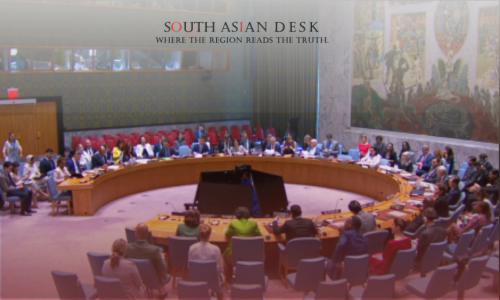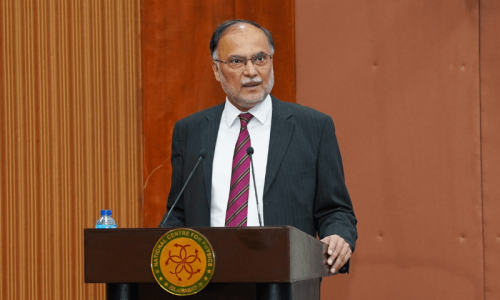Afghanistan’s economy remains under significant strain, grappling with poverty, unemployment, and disruptions in trade and aid. Recent discussions among officials and economic experts highlight the pressing need for sustained humanitarian support and the release of the country’s frozen assets to address these challenges.
Approximately half of Afghanistan’s population requires humanitarian assistance, with one in five facing severe hunger due to economic instability and reduced international aid. The closure of 420 health and 300 nutrition sites has further compounded the crisis, leaving millions without access to basic services.
Trade disruptions, particularly along Afghanistan’s southern and western borders with Iran, have driven up food prices, exacerbating economic hardship.
Despite these challenges, Afghanistan’s mineral resources are viewed as a potential cornerstone for economic recovery, with officials emphasizing their role as a national asset. The caretaker government is also pursuing stronger economic ties with regional allies, including China and Uzbekistan, to bolster trade and counter sanctions. For instance, Afghan traders recently showcased products at China’s Kunming Expo, securing 88 booths to promote exports like saffron and cherries.
However, internal issues, such as financial difficulties and administrative delays, continue to hinder infrastructure projects, particularly in eastern regions like Paktia. The Afghan currency, the afghani, has shown resilience, climbing 9% against the U.S. dollar in 2023, supported by increased trade with Asian neighbors.
Yet, the economy remains fragile, with experts stressing the need for comprehensive reforms and international cooperation to stabilize and grow Afghanistan’s economy. Posts on X reflect similar sentiments, noting the urgency of addressing poverty and the impact of trade disruptions on food security.
Published in SouthAsianDesk, June 26th, 2025
Follow SouthAsianDesk on X, Instagram and Facebook for insights on business and current affairs from across South Asia.




![Collage of COAS Field Marshal Munir [L] and US President Donald Trump. — ISPR/AFP](https://southasiandesk.com/wp-content/uploads/2025/06/18090415659519a-2.jpg)